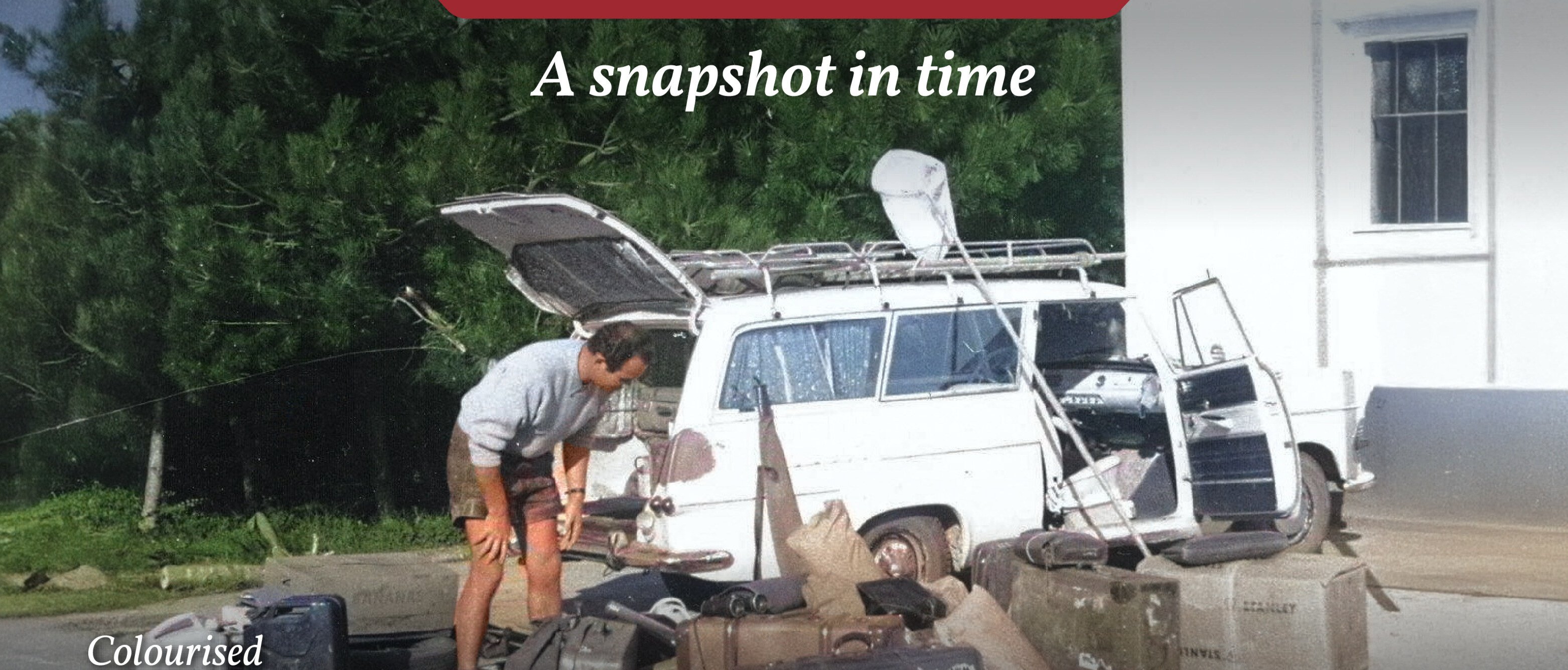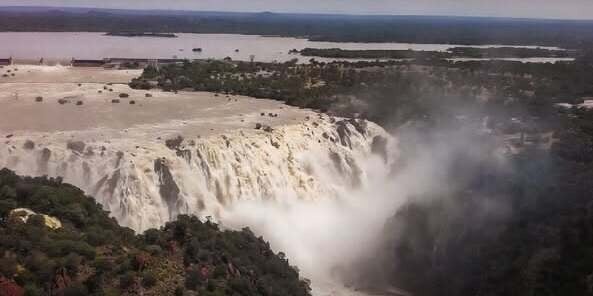The extensive network of iishana flowing into the Cuvelai basin converges about 60km northwest of the Etosha Pan and then flows through the Omadhiya Wetland Complex, a name which means ‘place of many water dams’. Earlier references to the wetlands simply mentioned Lake Oponono, more correctly known as Lake Oponona, which is not the largest of the complex of ten major and a number of smaller interconnected pans and open water bodies.
The pans are inundated by heavy local rainfall and local floods, but water from the iishana reaches the wetland pans on average two out of every three years. Water flows along the Oshana Etaka into Lake Oponona, while the iishana west of Ombalantu flows into Uupeke and Korolo. Floodwater from Ogongo and Oshikuku empties into Uulidi, Omanetha and Inakulo Yomadhiya, also known as the Grandmother of the Lakes.

From Oshakati the floodwater continues into Uulidi and Korolo, while the floodwater from Ondangwa flows into Onamagwena, the largest lake. The water can then flow either east into Omanetha or south into Inakulo Yomadhiya and eventually into Oshituntu.
During a major efundja, excess water flows from Oshituntu along a well-defined channel, the Ekuma River, to the Etosha Pan where it forms a delta of about 11km long and 4.5km at its widest. The water level usually reaches a peak in March and April but by November and December the pans have largely dried up.

During average flows, the wetlands cover about 1 500ha, but the flooded area can increase nearly five-fold during a major efundja. The pans are an important source of water for cattle when water reaches the complex. But the salinity increases to such an extent as the pans dry up, that the water is no longer drinkable.

Ten freshwater fish species have been recorded from the wetlands and large quantities of fish are caught by using a variety of traditional and modern methods when conditions are favourable. The main species caught are the sharp-tooth catfish (Clarias gariepinus), Straight-fin Barb (Barbus paludinosus), blunt-tooth catfis








.png)

SUBMIT YOUR COMMENT